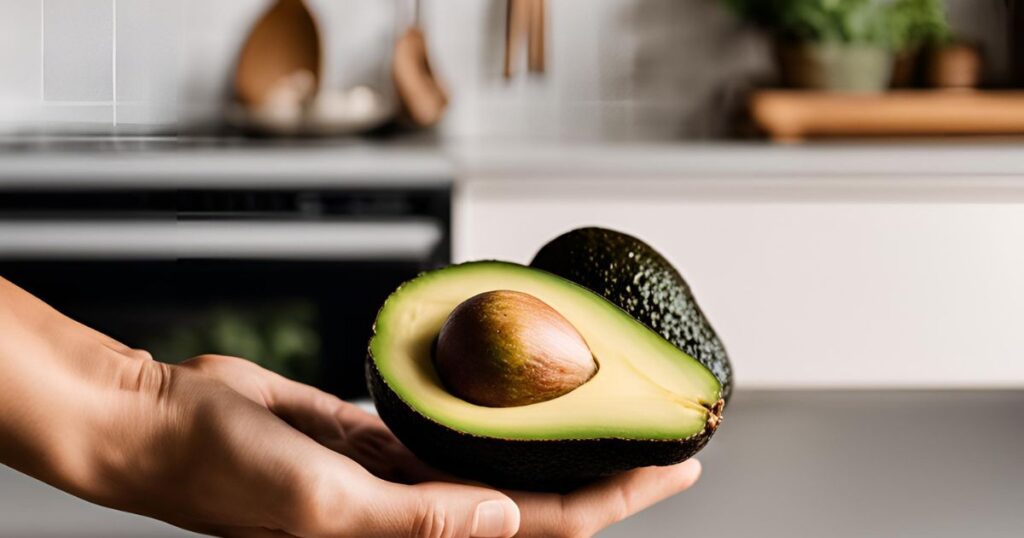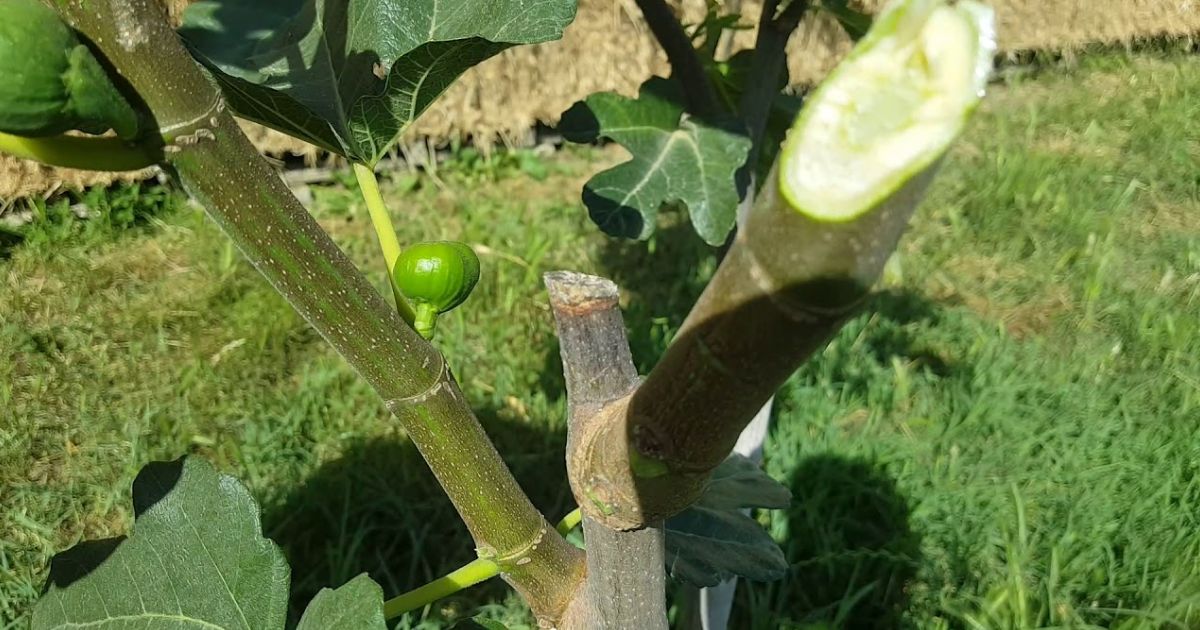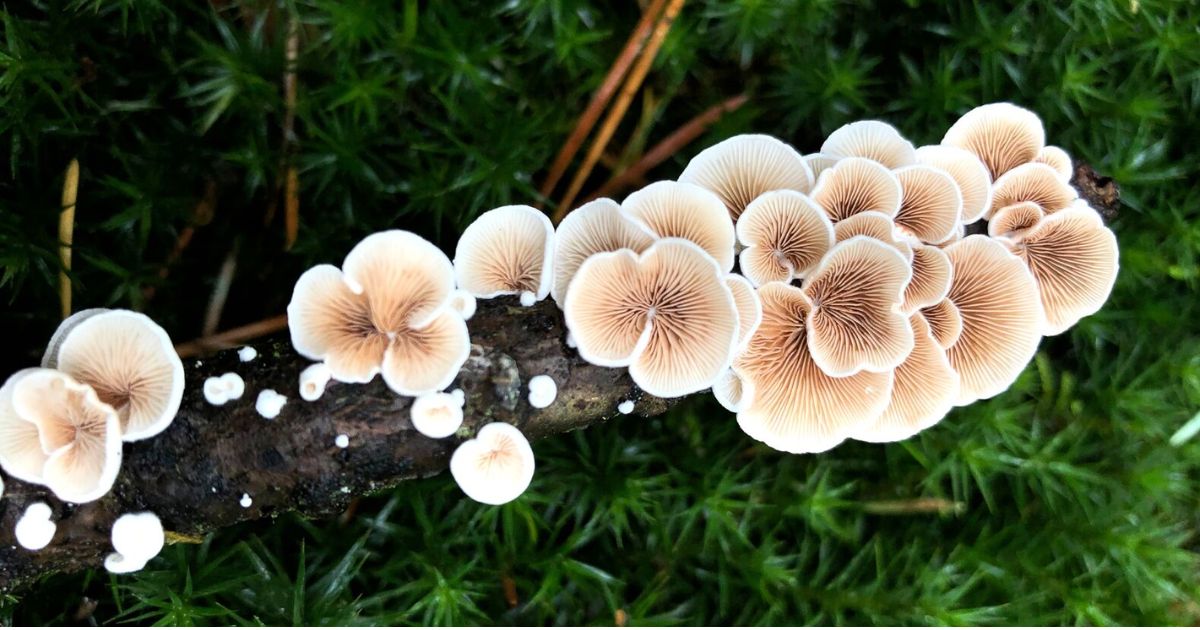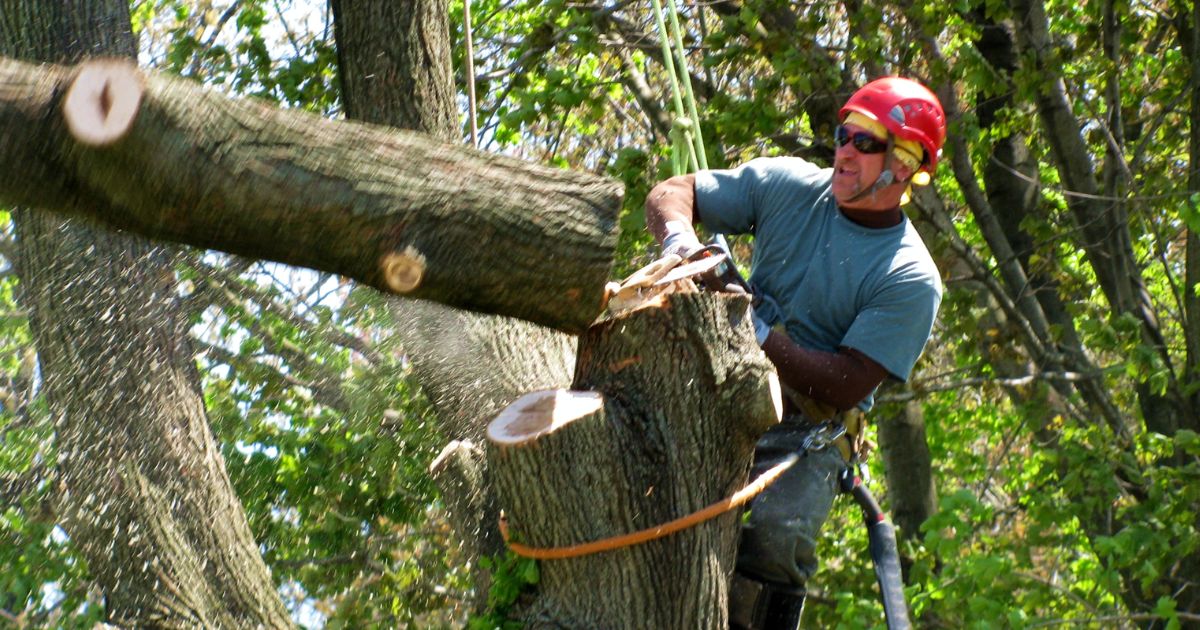Avocados have become a beloved staple in kitchens around the world, celebrated for their creamy texture and versatility in countless dishes. However, there’s nothing more disappointing than slicing into an avocado only to find it either too hard to enjoy or, worse, overly ripe and brown. So, how can you ensure you select the perfect avocado every time? In this article, we’ll explore how to tell if an avocado is ripe: 5 simple tips for perfect avocados. These easy-to-follow tips will help you confidently choose ripe avocados ready to elevate your meals, whether making guacamole, topping your toast, or adding them to a fresh salad. Let’s dive in and discover the secrets to picking the perfect avocado on tree!
What is Avocado Ripeness
when to pick an avocado off the tree it comes to avocados, ripeness is crucial for achieving the perfect flavor and texture. But what exactly does “ripe” mean in the context of avocados? A ripe avocado should feel slightly soft to the touch but still yield to gentle pressure. This softness indicates that the fruit has reached its peak maturity, making it ideal for eating. The color of the avocado’s skin can also provide clues about its ripeness. For example, the skin of a ripe Hass avocado typically turns from a bright green to a dark purplish-black hue, signaling that it’s ready to be enjoyed.
It’s important to note that different varieties of avocados can exhibit varying signs of ripeness. The Hass avocado is the most popular type, known for its rich, creamy flesh and distinctive pebbly skin. However, other varieties like the Fuerte and Bacon have smoother skins and may remain green even when to pick avocados off tree. The Fuerte avocado on tree, for instance, doesn’t darken like the Hass; instead, it stays a vibrant green while softening, making it essential to rely on both feel and skin characteristics when assessing its ripeness. By understanding these nuances in avocado ripeness, you can make more informed decisions and enjoy perfectly ripe avocados in all your culinary creations.
Tip 1 – Check the Color
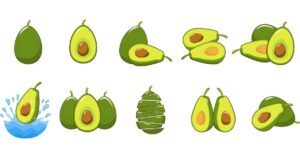
When to pick avocados from the tree selecting the perfect avocado rubbery, checking the color is one of the simplest and most effective methods, especially for the widely popular Hass variety. Avocados’ skin color changes significantly as they ripen, providing a reliable indicator of their readiness for consumption.
Initially, an unripe Hass avocado has bright green, smooth skin. As it ripens, the color shifts to a darker green and eventually to a deep purplish-black. This transition signifies that the fruit is maturing and softening. A ripe Hass avocado will display a rich, dark color and feel slightly soft when gently squeezed, indicating that it’s perfect for eating.
Conversely, if the avocado remains bright green and feels firm, it’s still unripe and needs more time to develop its flavor and texture. Additionally, if you notice brown spots or a very dark color with wrinkles, the avocado may be overripe, which could result in a mushy texture and off-putting flavor.
Visual Guide
To help illustrate these stages, here are descriptions of color variations at different ripeness levels for Hass avocados:
- Unripe Hass Avocado:
- Color: Bright green, smooth skin.
- Texture: Firm and does not yield to pressure.
- (Image depicting a firm, bright green avocado)
- Ripe Hass Avocado:
- Color: Dark purplish-black skin.
- Texture: Slightly soft when gently squeezed.
- (Image depicting a dark, ripe avocado)
- Overripe Hass Avocado:
- Color: Very dark, possibly with brown spots or wrinkles.
- Texture: Mushy and may have an off smell.
- (Image depicting an overripe avocado)
By being mindful of these color changes, you can confidently select the right avocado rubbery for your meals, ensuring a delicious addition to your dishes every time.
Tip 2 – Feel the Firmness
One of the most effective ways to determine if an avocado is ripe is by feeling its firmness. Using this tactile method, you can evaluate the fruit’s readiness for consumption, ensuring you enjoy the creamy texture that avocados are known for.
Gentle Pressure
To check an avocado’s firmness:
- Gently hold it in the palm of your hand.
- Use the fingers of your other hand to apply light pressure to the fruit.
- Use gentle pressure; you’re not trying to squeeze the avocado hard or apply excessive force.
Instead, you want to feel how the avocado responds to your touch. If the skin yields slightly and the avocado rubbery feels soft, it’s an excellent sign that it’s ripe and ready to eat.
Firm vs. Soft
Understanding the differences in firmness can significantly impact your avocado experience:
- Firm Avocado: It is still unripe if it feels hard and does not yield to gentle pressure. This means it needs more mature time before reaching its ideal texture and flavor. You can ripen it at room temperature for a few days. To speed up the process, You can put an apple or banana in a paper bag along with the avocado which emits ethylene gas and encourages ripening.
- Soft Avocado: When are avocados ripe it gives slightly under your fingers and feels soft but not mushy, it is ripe and ready to enjoy. This is the perfect time to slice it open for guacamole, salads, or toast. However, if it feels overly soft or squishy, it may be overripe, which could indicate browning or undesirable flavors.
By learning how to feel the firmness of avocados, you can ensure that you select the perfect fruit for your culinary needs. This will avoid the disappointment of cutting into an unripe or overly ripe avocado. This simple technique and checking the color will set you on the path to avocado perfection!
Tip 3 – Examine the Stem

Another effective way to determine the ripeness of an avocado is to examine the stem. This simple yet insightful technique can quickly indicate the fruit’s readiness for consumption.
Checking the Stem
To check the stem, gently grasp the small stem or nub at the top of the avocado. With a little twist, you can easily remove this small part. This process should be gentle; you don’t want to apply too much force, which could damage the flesh of the avocado underneath. Removing the stem exposes the area that was once covered and can give you a clearer picture of the avocado’s ripeness.
What to Look For
Once the stem is removed, take a closer look at the color of the exposed area:
- Green Stem: If the area under the stem is bright green, the avocado is ripe and ready to eat. A green stem often suggests that the avocado has been properly ripened on the tree, resulting in a delicious, creamy texture and rich flavor.
- Brown Stem: If the stem reveals a brownish or dark area, it may indicate that the avocado is overripened. This can suggest that the fruit has been left to ripen for too long and may have a mushy texture or undesirable flavor. In some cases, a brown area could also signify that the avocado has developed brown spots inside, which is not ideal for consumption.
Examining the stem of an avocado can provide valuable insight into its ripeness. Combined with the previous tips of checking color and feeling firm, this method will help ensure that you consistently select the perfect avocado for your meals. Quick and Easy Ways to Ripen Tomatoes Indoors Without Sunlight.
Tip 4 – Look for Blemishes
When selecting fresh produce, particularly fruits and vegetables, inspecting the surface for blemishes is crucial. These imperfections can reveal a lot about the quality and freshness of the item.
Surface Inspection
The first thing to check is the skin of the produce. Look out for large, dark spots, wrinkles, or bruises on the surface. Large dark spots may indicate that the fruit or vegetable has begun to rot in certain areas, affecting its flavor and texture. Similarly, wrinkled skin indicates the produce has lost moisture and is likely overripe. If you notice bruises or soft spots, these could suggest damage, possibly from handling or transportation, and can lead to early spoilage.
Implications of Blemishes
Blemishes aren’t just about appearance—they often hint at underlying issues with the produce. For instance, dark spots usually indicate overripeness, meaning the item may have already passed its peak freshness. An overripe fruit can have a mushy texture and an off-putting taste. On the other hand, blemishes might also signal poor quality due to improper growing conditions, such as a lack of nutrients or exposure to pests. In some cases, produce with significant blemishes could be unsafe to eat, as they may harbor bacteria contributing to spoilage.
Tip 5 – Timing ⏰
Avocados have their schedule for ripening, so timing is key! Here’s a general ripening timeline to keep in mind:
- Hard avocados (very firm to the touch): These need about 4-7 days to ripen at room temperature.
- Slightly soft avocados (some give when pressed): They’re almost ready, typically 1-2 days away from perfect ripeness.
- Soft avocados (gives easily): These are ripe and ready to eat immediately!
What if you need to speed up or slow down the process? Here are a few storage tips:
- To ripen faster: Leave your avocado at room temperature, or for a quicker boost, place it in a paper bag with a banana or apple. Ethylene gas released by these fruits accelerates ripening.
- To slow down ripening: Once your avocado reaches the perfect ripeness, pop it in the fridge. This can give you a 2-3 day window to enjoy it before it starts going overripe.
Mastering avocado timing is the secret to avoiding disappointment! 🥑
Conclusion
Choosing the perfect avocado doesn’t have to be a guessing game. You’ll always be a step ahead by following these five simple tips. From checking the color and feeling firmness to watching for blemishes and understanding the ripening timeline, you’ll know exactly when your avocado is ready to eat. Plus, with a few easy storage tricks, you can control the ripening process and make sure your avocados are in their prime when needed.
So, the next time you’re at the store, you’ll be equipped with the knowledge to pick only the best avocados. No more cutting into underripe or overly mushy fruit—just creamy, delicious perfection every time! 🥑
FAQs 🥑
1. How can I tell if an avocado is ripe?
As soon as you squeeze a ripe avocado lightly, it will feel slightly squishy but not mushy. It should be darker, almost blackish-green in color. You can also check under the stem—if it comes off easily and reveals green underneath, your avocado is ready to eat!
2. How long do avocados take to ripen?
The ripening process depends on how firm the avocado is when you buy it. A very firm avocado can take 4-7 days to ripen at room temperature, while a slightly soft one may ripen in 1-2 days.
3. How do I store an avocado to make it ripen faster?
Place your avocado with an apple or banana in a paper bag to speed up the ripening process. These fruits release ethylene gas, which helps the avocado ripen more quickly.
4. How do I slow down the ripening process?
Once an avocado reaches perfect ripeness, you can store it in the fridge to slow down further ripening. This will keep the avocado fresh for an extra 2-3 days.

